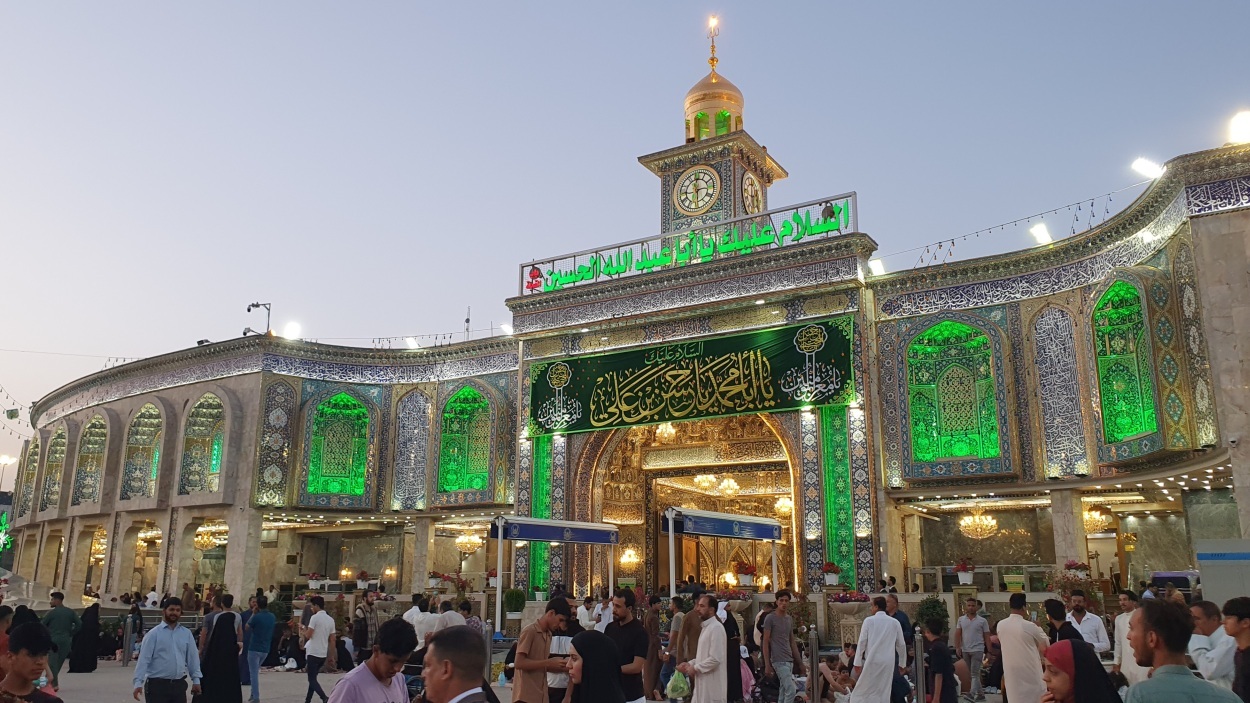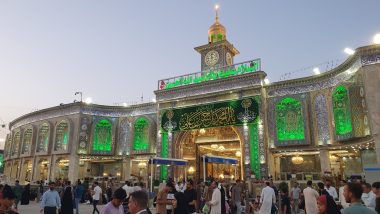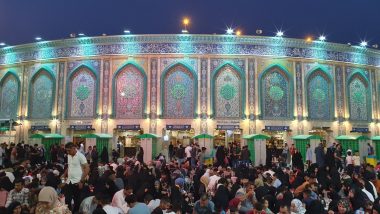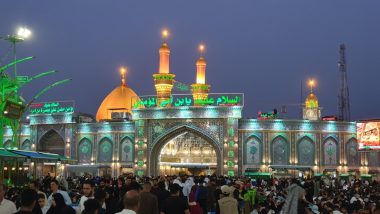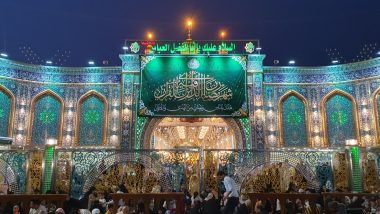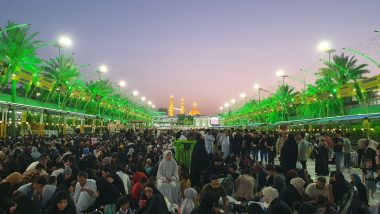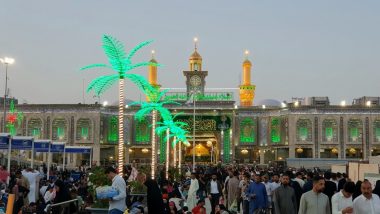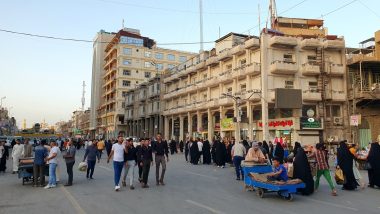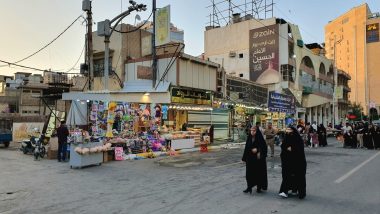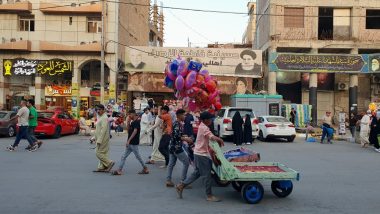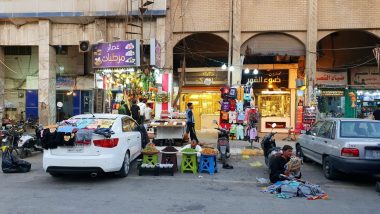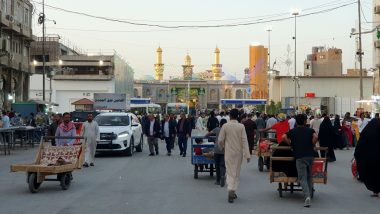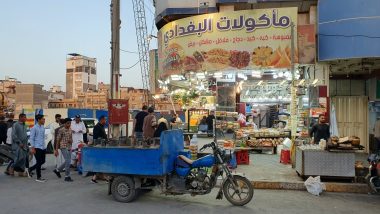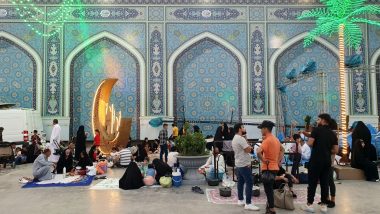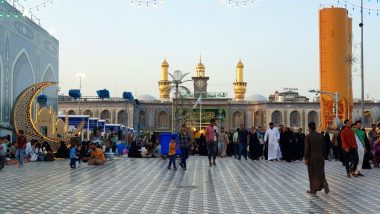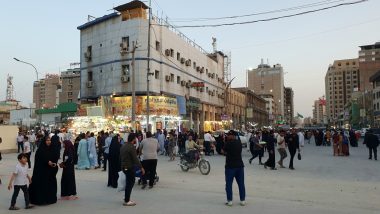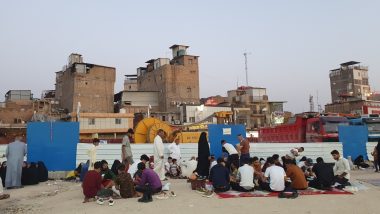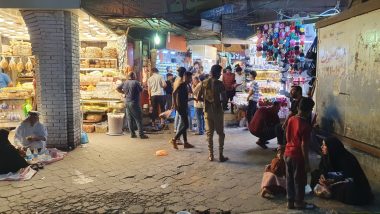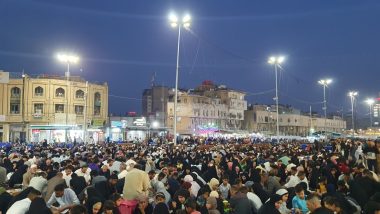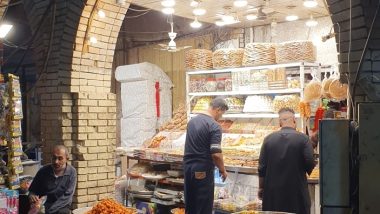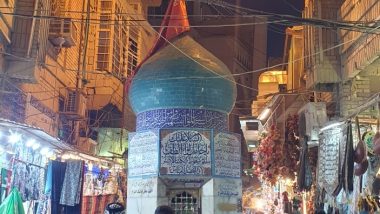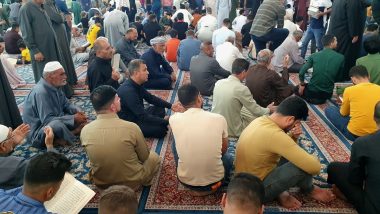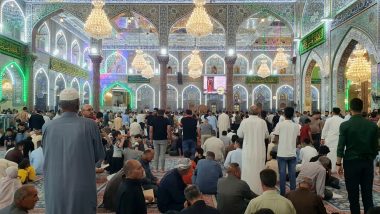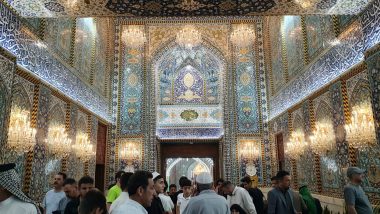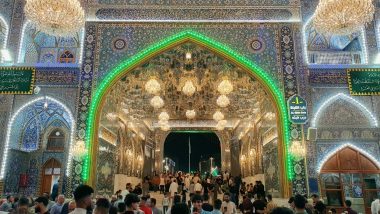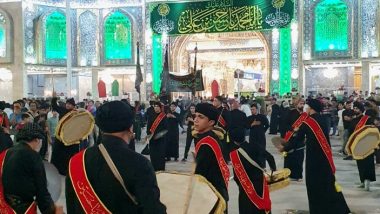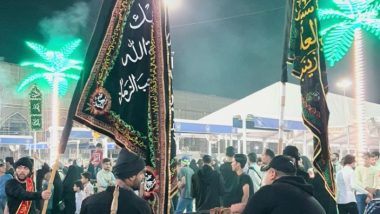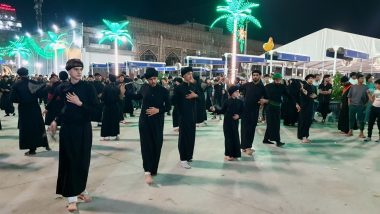We wandered the whole evening around Karbala – Shiite Islam’s principal holy city. It lies 88 kilometers southwest of Baghdad. The city’s religious significance derives from the Battle of Karbala (680 CE), a one-sided contest in which al-Ḥusayn ibn ʿAlī, the Shiʿi leader and grandson of the Prophet Muhammad, and his small party were massacred by a much larger force sent by the Umayyad caliph Yazīd I.
Imam Ḥusayn’s shrine, located in the city, is one of the important Shiʿi shrines and centers of pilgrimage, including the annual Arbaʿeen pilgrimage 40 days after the commemoration of Ḥusayn’s martyrdom. Wahhābī raiders destroyed it in 1801, but it was soon rebuilt.
The Al-Abbas Shrine is Abbas ibn Ali’s mausoleum and a mosque near Imam Husayn shrine. Abbas was the son of Ali ibn Abi Talib and the half-brother of Imam Hasan and Imam Husayn. He was Husayn’s flag-bearer in the Battle of Karbala and chief of his caravans.
Shiʿi Muslims consider burial in one of the city’s many cemeteries a sure means of reaching paradise. In addition, the city’s religious community has maintained close ties with coreligionists in Iran, as many Iranians visit the city during pilgrimages to Ḥusayn’s holy shrine.
Parking location – Karbala: 32.595645N 44.030343E


